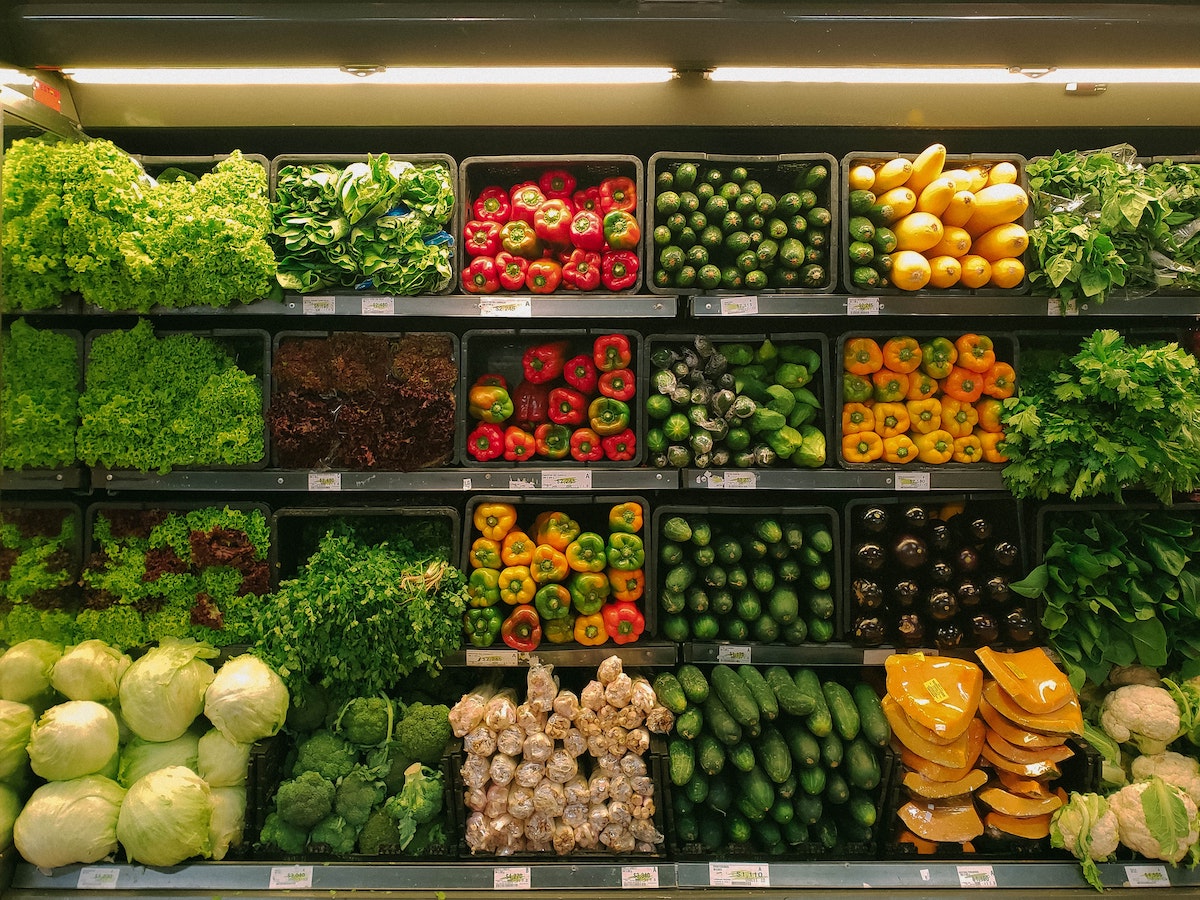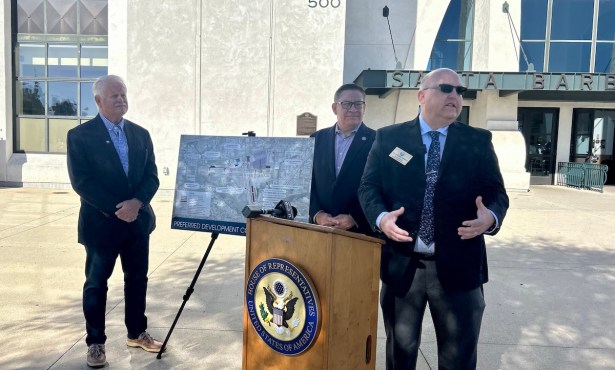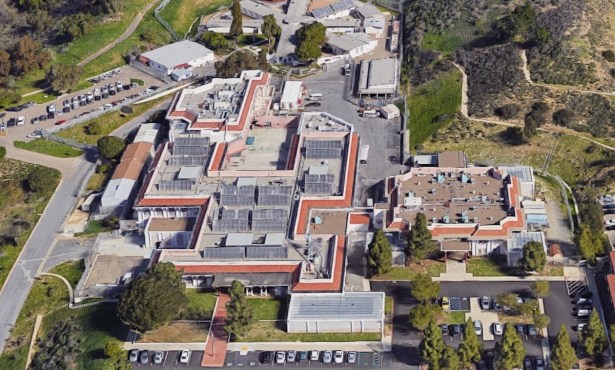Santa Barbara County’s Food Rescue Effort Gets Extended Two Years
New State Requirements to Expand Number and Type of Businesses Required to Donate Edible Food

Every year, Santa Barbara County residents chuck an estimated 2,177.74 tons of edible food in the trash; much of that winds up at the Tajiguas Landfill, where it’s composted and converted into methane gas and then electricity. Since January 2022, an estimated 510.417 tons have been diverted from the landfill and donated to a myriad of nonprofit “food rescue” organizations such as the Foodbank or Veggie Rescue. This is all part of a state law that went into effect in 2022 — SB 1383 — to encourage food rescue, feed the hungry, and keep edible food out of state landfills.
This Tuesday, the county supervisors voted to extend an agreement between the County of Santa Barbara and the cities of Carpinteria, Santa Barbara, Goleta, Buellton, Solvang, and Lompoc for an additional two years. In that time, new requirements of that state law are scheduled to kick in that will expand the number and type of businesses required to donate edible food.
The county’s role in this is not to physically collect the food involved, but to act as a go-between connecting the businesses required to donate the food with nonprofits engaged in actual food rescue. As of last count, there were roughly 300 businesses participating countywide, though Kaitlyn Haberlin of the county’s Resource Recovery & Waste Management Division says that number has likely shrunk somewhat since then.
Currently, Haberlin said, most of the donating businesses are large retailers like Ralphs and Albertsons and wholesalers like Sysco. As of 2024, she said, the state law will expand its requirement to mandate participation by larger restaurants — with seating for 250 or more — as well as hospitals, hotels, and school districts.
Given that the estimated capacity of food rescue operations countywide is about three times greater than the quantity of edible foods tossed, Haberlin said that the space required for the next wave of donors should not be a limiting factor. The real question is what people want and what food items move off the shelf. Based on her experience working for the Foodbank, she said meats are very popular, as are packaged snacks and frozen prepared meals with limited time left before their shelf life expires.
Correction: SB 1383 started to go into effect in 2022 not 2020 as originally reported.
Support the Santa Barbara Independent through a long-term or a single contribution.



